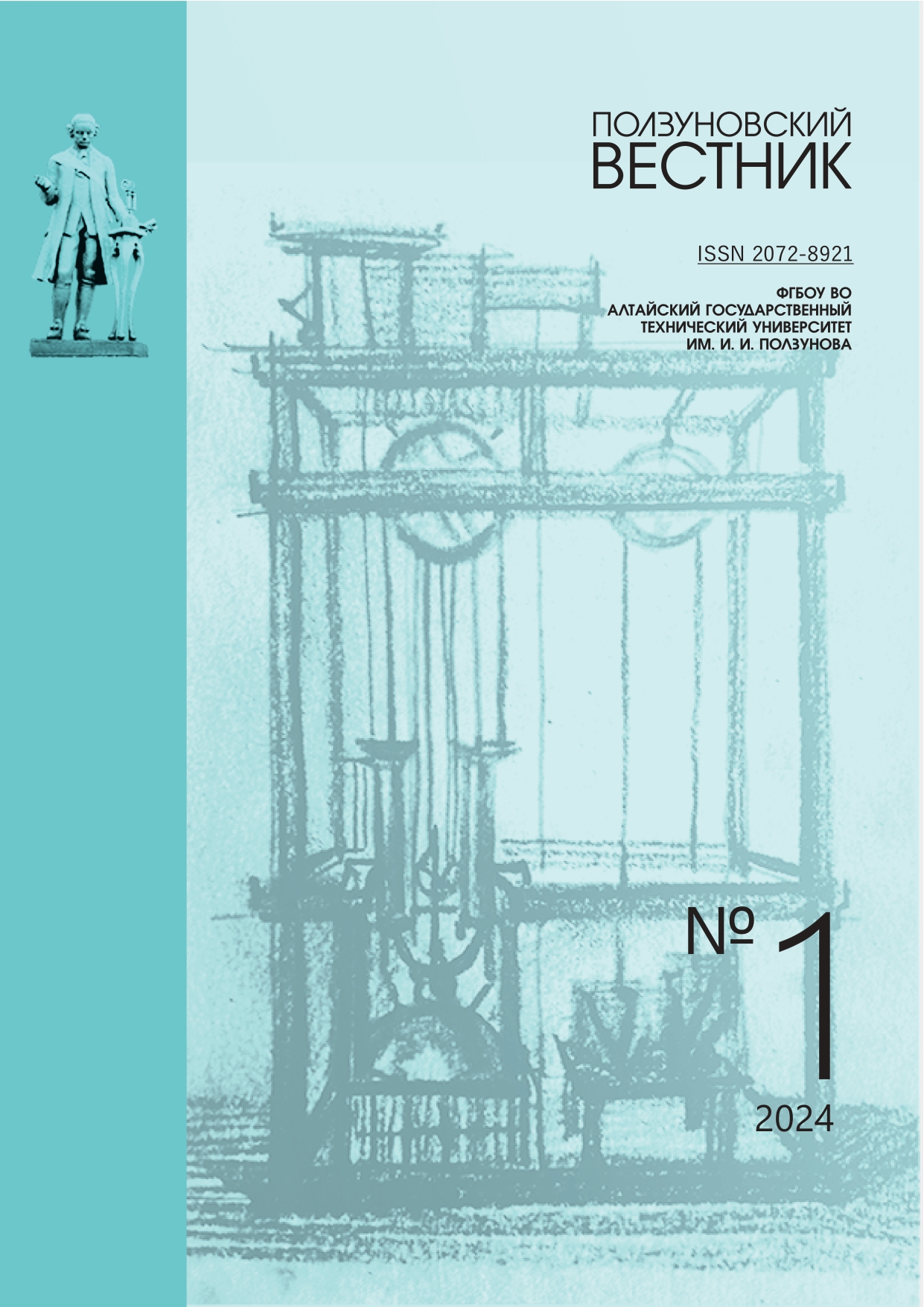SUBSTANTIATION OF THE POSSIBILITY OF OBTAINING EMUL-SION FOOD BASED ON SECONDARY RAW MATERIAL FROM GOBIES OF THE SCULPINS FEM. COTTIDAE
PWQMGS
DOI:
https://doi.org/10.25712/ASTU.2072-8921.2024.01.001Abstract
The paper presents the technology of obtaining emulsion products on the basis of secondary raw materials obtained from the separation of steers of fish (fem. Cottidae). Studies were conducted in the following directions: determination of proteolytic activity of bovine gastric tissue enzymes, determination of their size-mass and chemical composition, study of dynamics of accumulation of dry substances during hydrolysis, determination of emulsifying ability of fish hydrolysates depending on mass fraction of gastric tissue and oil component.
Three species of sculpins belonging to the most numerous species were investigated: Myoxocephalus jaok, Myoxocephalus polyacanthocephalus and Gymnocanthus herzensteini. The chemical composition of the secondary raw materials and proteolytic activity of the stomachs of fish are comparable, that is why we took averaged data: the raw materials contain up to 5 % of lipids, more than 22 % of protein and up to 8 % of mineral substances. Secondary raw material contains about 40% of collagen, which makes it possible to produce emulsion products with good rheological indices.
It has been established that maximum proteolytic activity is observed at natural pH value of 4-5, which simplifies considerably the technology and does not require further acidification or neutralization of the product. The amount of introduced gastric tissue varied from 25-100 %.
Vegetable oil was used for emulsification in the amount of 20-50 %. The most acceptable consistency was observed in samples with 40-50 % oil. The developed technology allows full use of secondary raw materials without introduction of artificial enzyme preparations.
References
Zhao, Z.; Li, Y.; Du, Z. Seafood Waste-Based Materials for Sustainable Food Packing: From Waste to Wealth. Sustainability 2022, 14, 16579. https://doi.org/10.3390/ su142416579
Якимович Е.А. Конкурентоспособность России на мировом рынке рыбы: дис. … канд. экон. наук: М., 2020. 40 с.
FAO. 2020a. The State of World Fisheries and Aquaculture 2020: Sustainability in action. Rome.
Дахов И.Г. Эффективность деятельности рыбной отрасли, распределение и использование водных биологических ресурсов [Электронный ре-сурс]. – Режим доступа: http://ruspelagic.ru/effektivnost-deyatelnosti-rybnoy-ot (дата обращения: 22.03.2023).
Мировая аквакультура готовится к новым вызовам// Федеральное агентство по рыболовству – официальный сайт// URL: http://fish.gov.ru/press-tsentr/obzor-smi/24445-mirovaya-akvakultura-gotovitsya-k-novym-vyzovam (дата обращения: 25.09.2023].
Hordur G. Kristinsson & Barbara A. Rasco Fish Protein Hydrolysates: Production, Biochemical, and Functional Properties, Critical Reviews in Food Science and Nutrition. 2000. 40:1. P.43-81
Шибанов В.Н., Древетняк К.В., Ковалев Ю.А. Стратегия долгосрочной, устойчивой эксплуатации живых ресурсов Баренцева моря. Рыбное хозяйство, № 1, 2006. C.38-39.
Мезенова О.Я., Байдалинова Л.С., Земля-кова Е.С. и др. Вторичное рыбное сырье: состав, свойства, биотехнологии переработки: монография. Калининград: Изд-во ФГБОУ ВПО «КГТУ», 2015. 317 с.
Ислам, Дж., Яп, ЭЭС, Кронгпонг, Л., Топпе, Дж. и Пеньярубиа, О.Р. Управление рыбными отходами – оценка потенциального производства и использования рыбного силоса в Бангладеш, Филиппинах и Таиланде . Циркуляр ФАО по рыболовству и аквакультуре. 2021. № 1216.
Заворохина Н.В., Голуб О.В., Поздняков-ский В.М. Сенсорный анализ продовольственных товаров на предприятиях пищевой промышленно-сти, торговли и общественного питания. М.: ИНФРА-М, 2017. 144 с.
Антипова, Л.В. Методы исследования мяса и мясных продуктов / Л.В. Антипова, И.А. Глотова, И.А. Рогов. – М.: Колос, 2001. 376 с.
Москальцова М.Ю. Разработка технологий пищевых эмульсий на основе рыбных бульонов: автореф…дис. кан. техн. наук. Владивосток: 2000. 24 с.
Югай А.В. Обоснование рациональной пе-реработки бычков Myoxocephalus polyacanthocephalus и Myoxocephalus jaok для про-изводства пищевых продуктов // Автореф. дис. … канд. техн. наук. – Владивосток: Дальрыбвтуз, 2011. 22 с.
Downloads
Published
How to Cite
Issue
Section
License
Copyright (c) 2024 Alevtina V. Yugai , Tatyana N. Slutskaya

This work is licensed under a Creative Commons Attribution 4.0 International License.
















 .
. This work is licensed under a
This work is licensed under a 
